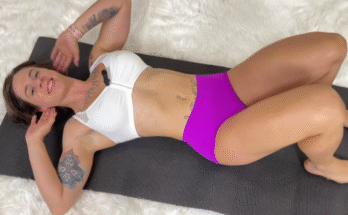
In the hustle and bustle of everyday life, making time to hit the gym isn’t always easy. Whether you’re working long hours, caring for a family, or simply prefer the comfort of your own space, the good news is: you can build a strong, sculpted upper body from home. No fancy machines or crowded weight rooms required—just commitment, a little creativity, and maybe a set of dumbbells or resistance bands.
Let’s explore how you can effectively train your upper body at home, gain strength, and feel confident in your progress—all without stepping outside your front door.
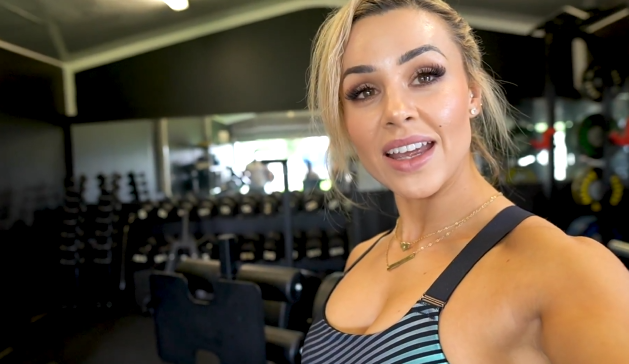
Why Train Your Upper Body?
Your upper body includes your chest, back, shoulders, biceps, triceps, and core. Training these areas is not just about looking good—it’s also about building functional strength for everyday activities. Lifting groceries, carrying your kids, opening heavy doors, and even improving posture all rely on a strong upper body.
Aesthetics aside, a well-balanced workout routine that includes upper body training also helps reduce injury risk and boosts your metabolism by maintaining lean muscle mass.
What You Need to Get Started
The great part about at-home workouts is that you can start with little to no equipment. But to make your workouts more versatile and progressive, here are a few items that can help:
- A yoga mat or towel for comfort
- A set of dumbbells (or alternatives like water bottles or canned goods)
- Resistance bands
- A sturdy chair or bench
- A pull-up bar (optional but useful)
If you don’t have any of these yet—don’t worry! You can still get a killer workout using just your body weight.
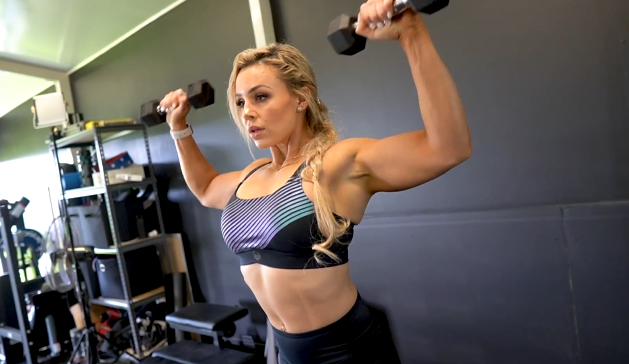
Warm-Up: Don’t Skip It
Before diving into strength training, take 5–10 minutes to warm up. This increases blood flow, wakes up your muscles, and reduces the risk of injury. A good upper-body warm-up could include:
- Arm circles (30 seconds forward and backward)
- Shoulder rolls
- Jumping jacks
- Push-ups (slow and steady to engage your muscles)
- Dynamic stretches like arm swings and torso twists
Upper Body Bodyweight Exercises
1. Push-Ups
A classic for a reason. Push-ups target your chest, shoulders, triceps, and core. Modify them by dropping to your knees if needed, or elevate your hands on a surface for incline push-ups.
Goal: 3 sets of 10–15 reps
2. Tricep Dips
Use a sturdy chair or low table. Sit at the edge, place your hands beside your hips, slide your body forward, and bend your elbows to lower and raise yourself.
Goal: 3 sets of 10–12 reps
3. Pike Push-Ups
These target the shoulders more intensely than regular push-ups. Start in a downward dog position and lower the top of your head toward the floor, then push back up.
Goal: 3 sets of 8–10 reps
4. Plank Shoulder Taps
Hold a high plank position and tap each shoulder with the opposite hand, keeping your hips stable. Great for core and shoulder stability.
Goal: 3 sets of 20 taps (10 each side)
5. Superman Raises
Lie face down, lift your arms, chest, and legs off the ground at the same time. Hold for 1–2 seconds. Excellent for your back and posture.
Goal: 3 sets of 12–15 reps
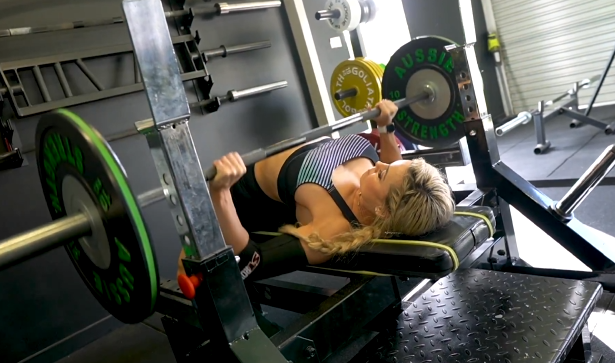
Resistance Band or Dumbbell Exercises
If you have a bit of equipment, here’s how to level up your routine:
1. Resistance Band Rows
Anchor the band around a doorknob or pole, hold both ends, and pull toward your torso while squeezing your shoulder blades.
Goal: 3 sets of 12–15 reps
2. Dumbbell Shoulder Press
With a dumbbell in each hand, press up from shoulder height until your arms are straight overhead.
Goal: 3 sets of 10–12 reps
3. Bicep Curls
Classic move for the front of your arms. Use dumbbells, water bottles, or resistance bands.
Goal: 3 sets of 12–15 reps
4. Dumbbell Chest Press (Floor Press)
Lie on your back with dumbbells in hand, press them straight up from chest level and lower back down.
Goal: 3 sets of 10–12 reps
Building a Routine
Here’s a sample weekly routine you can follow or modify based on your fitness level and schedule:
Monday:
Upper body strength – bodyweight (push-ups, dips, pike push-ups)
Wednesday:
Upper body strength – resistance band or dumbbells (press, rows, curls)
Friday:
Mixed bodyweight & dumbbell combo + core
Be sure to include rest days and some cardio (like walking, biking, or dancing at home) for overall fitness.
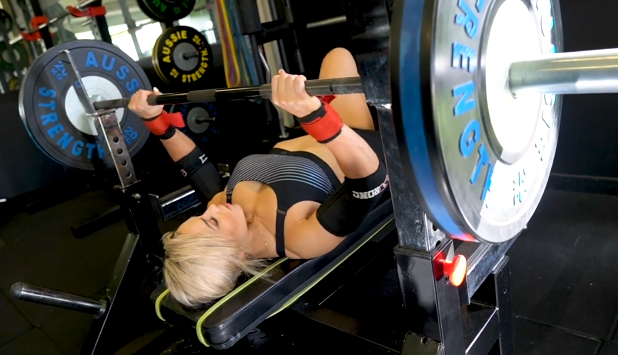
Progressive Overload at Home
To build strength, you need to challenge your muscles over time. This is called progressive overload. You can do this at home by:
- Increasing reps or sets
- Slowing down the tempo (e.g., 3 seconds to lower, 1 second to push)
- Using heavier weights/resistance
- Minimizing rest between sets
- Trying harder variations (e.g., regular push-up → diamond push-up)
Even small increases add up and keep your body adapting and growing.
Nutrition & Recovery
Working out is only half the battle—nutrition and recovery are equally vital. Make sure you’re eating enough protein, healthy fats, and carbs to fuel your workouts and repair your muscles. Stay hydrated and aim for 7–8 hours of sleep each night.
Muscles grow during rest, not during the workout itself. So, listen to your body and take rest days seriously.

Stay Motivated
Training at home can feel lonely sometimes. Here are a few ways to stay engaged:
- Follow fitness YouTubers or Instagram trainers for guidance
- Track your progress in a journal or app
- Set small, achievable goals (e.g., 20 push-ups in a row)
- Reward yourself when you reach a milestone
- Invite a friend or family member to join you
Remember, consistency matters more than perfection. You don’t need to be extreme, just consistent.

Final Thoughts
You don’t need a gym to get strong—you just need determination, a plan, and a bit of space. Training your upper body from home is not only convenient, but it also empowers you to take control of your health anytime, anywhere. Every push-up, dip, or curl brings you closer to a fitter, stronger version of yourself.
So roll out that mat, grab those water bottles or bands, and let’s build that upper body power—right from home. 💪🏠


